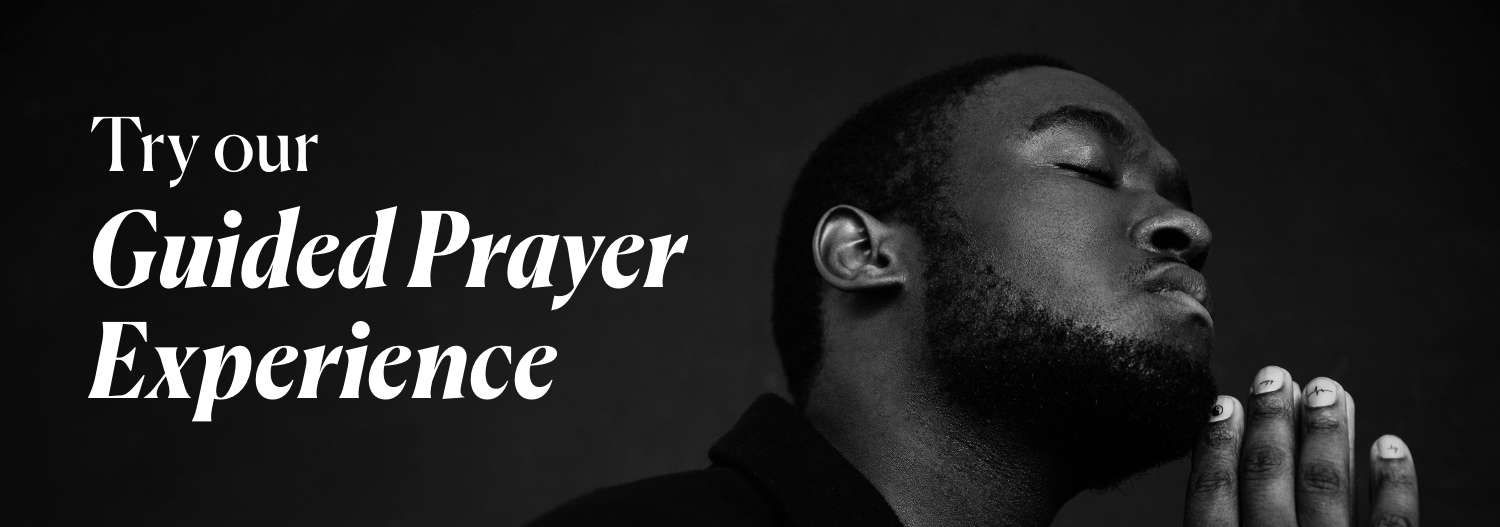 When one moves into a prayer practice that includes Ignatian methods of prayer, which use scripture and engages one’s imagination, there can be a fear that I am “making up” the content of my prayer. I remember struggling with this when I was discerning to enter and then later leave religious life. When I spoke to Jesus in my prayer and imagined his response to me about my options, was I just hearing what I wanted to hear? I later had this concern when I made the Spiritual Exercises and prayed using my imagination daily with gospel passages. We might start to question whether the words said by Jesus or the other disciples in our imagination—or the other things we see—are coming from me or coming from God. Who am I to put words in Jesus’ mouth?
When one moves into a prayer practice that includes Ignatian methods of prayer, which use scripture and engages one’s imagination, there can be a fear that I am “making up” the content of my prayer. I remember struggling with this when I was discerning to enter and then later leave religious life. When I spoke to Jesus in my prayer and imagined his response to me about my options, was I just hearing what I wanted to hear? I later had this concern when I made the Spiritual Exercises and prayed using my imagination daily with gospel passages. We might start to question whether the words said by Jesus or the other disciples in our imagination—or the other things we see—are coming from me or coming from God. Who am I to put words in Jesus’ mouth?
We can be sceptical of our imaginations. How do I know it’s not my own ego leading me astray? As we grow from childhood to adulthood we lose some of that “imaginational dexterity” that came so easy to us as children. Sometimes it takes time to ease back into that God-given ability.
A few things might bring us comfort: First is that Ignatius said we can trust our imagination as a way God can communicate with us. Just as a word or a phrase from scripture taking hold of us or the rise of a spiritual feeling during prayer or at Mass can be God speaking to us, God can use our imagination to touch us. And the church has been engaging in this form of prayer for centuries.
Second, Ignatius invites us to trust our deep desires. If I am discerning a choice, playing out the options prayerfully in my imagination may uncover what I truly want. Janet Ruffing writes, “There exists a very strong misperception that what we really want will surely be at odds with God’s will.” Desires are the primary way we move forward in life! A desire to study a certain subject sets us on a particular career path. A desire for a certain person moves us into a relationship. A desire to better myself stirs me to be more introspective and pray the Examen. Our deepest desires, like these, are shared by God, and prayer can help reveal this. If we peel back the layers of these good desires we find ultimately a desire for God, wholeness, and to be our true selves.
 This leads us to our final point: A good rule of thumb is that if what we experience in our contemplation or imaginative prayer—or any other prayer—is good, life-giving, and draws us closer to God, then we should trust it. On the other hand, if what we hear or experience is directed more toward the self and draws us away from God, we might want to second-guess it. Gerald May, a psychiatrist and theologian who writes about the intersection of spirituality and the mind, writes that we can be preoccupied about whether an experience is “of the self” or “of God”. He says, “The real question, I think, is whether the ‘self’ aspects of an experience facilitate or hinder one’s growth toward God, or whether they are consonant with or antagonistic toward God’s will. To assume that something of the self must inherently be against God is to deny that aspect ourselves that is made in God’s image and to devalue our own intentionality toward God.”
This leads us to our final point: A good rule of thumb is that if what we experience in our contemplation or imaginative prayer—or any other prayer—is good, life-giving, and draws us closer to God, then we should trust it. On the other hand, if what we hear or experience is directed more toward the self and draws us away from God, we might want to second-guess it. Gerald May, a psychiatrist and theologian who writes about the intersection of spirituality and the mind, writes that we can be preoccupied about whether an experience is “of the self” or “of God”. He says, “The real question, I think, is whether the ‘self’ aspects of an experience facilitate or hinder one’s growth toward God, or whether they are consonant with or antagonistic toward God’s will. To assume that something of the self must inherently be against God is to deny that aspect ourselves that is made in God’s image and to devalue our own intentionality toward God.”
As I often ask in spiritual direction, “What is the source? And what is the destination?” If you can say the source of what arises in prayer comes from God and it leads you to God, then it is from God.
God made us in God’s image. And God gave us the gifts of our bodies, feelings, emotions, senses, mind, and imagination. So God can use those things of our “self” to communicate with us and draw us closer to the divine. Are you seeing how our bodies, prayer, desires, and God’s desires fit together? Trust is required that when you sincerely undertake the practice of Ignatian prayer, God is there, always seeking to draw you toward the goodness and life of God’s self.
Related posts:
- Try this audio guide as you use your imagination to pray with a gospel passage.
- The Inception Prayer
- Dreams & Imagination
Listen to the podcast version of this post…








